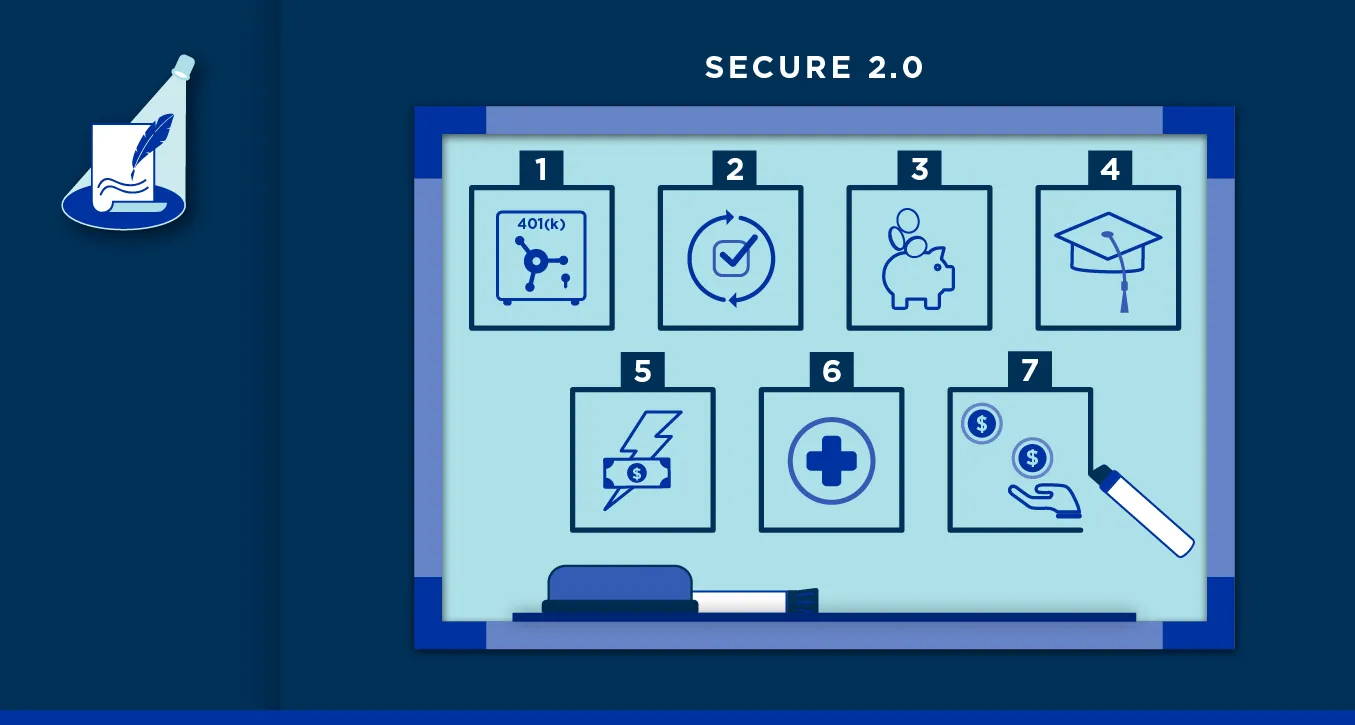Two-thirds (67%) of employees believe the cost of living is outpacing growth in their salary or wages, per Bank of America’s annual Workplace Benefits Report; more employees prioritizing emergency savings.

Secure 2.0 provides defined contribution plan sponsors a new way to help employees save for emergencies, a growing priority for many as inflation and economic uncertainty continue to weigh on workers.
Financial wellness among employees nationwide has dropped to its lowest rate since Bank of America began tracking it for its annual Workplace Benefits Report more than a decade ago.
Only 42% of employees rated their financial wellness as good or excellent this year, as inflation and economic uncertainty continue to take its toll on workers.
According to the report, two-thirds (67%) of employees believe the cost of living is outpacing growth in their salary or wages, compared to 58% last year.
And they’re looking to you, dear employer, for additional support, with more than three-in-four employees (76%) and nine-in-ten employers (96%) agreeing that employers are responsible for employee financial wellness.
“American workers continue to feel stressed about their finances and are concerned about keeping up with the cost of living,” said Lorna Sabbia, Head of Retirement and Personal Wealth Solutions at Bank of America. “Companies who show a sense of urgency for their workforce by offering financial wellness programs and resources which support employees’ immediate needs and overall well-being will continue to stand out as employers’ of choice.”
Yet, only 2 in 5 employers currently offer financial wellness programs.
So, there’s a rich opportunity for millions of organizations to start tapping into the profit and productivity, retention and recruiting gains that accompany the cultivation of a financially healthy workforce.
Cultivating financial health, emergency and retirement savings
Cultivating a financially healthy workforce need not cost much up front to deliver lasting value in terms of employee well-being and productivity, and, in turn, in terms of profit or impact.
There are a variety of cost-effective steps you can take to address the changing nature of your employees’ financial stress factors and priorities, say, implementing emergency savings options alongside your retirement plan options, for example.
Per BoA, fewer employees are prioritizing long-term retirement savings (31%, down from 45% in 2022) as a growing number are focusing on short-term financial needs, including paying off credit card debt (16% vs. 11% in 2022) and saving for the unexpected (13% vs. 8% in 2022).
These findings add to a growing body of research suggesting that near-term financial concerns are replacing retirement savings as a priority for workers from coast-to-coast.
“What we found surprising is that this is the first year that saving for retirement is not the primary financial stress factor for employees. Instead, we found that day-to-day issues like emergency savings and paying for household bills are top of mind for workers,” said Jake Spiegel, research associate, Health and Wealth Benefits, EBRI, about their recent Workplace Wellness Survey (which we wrote about here).
Meanwhile, the top cited money-related issue negatively impacting employees’ mental health is insufficient emergency savings according to a spring survey by Bankrate.
The bottom line?
Solving for emergency savings will help solve for your employees’ biggest financial stressor and demonstrate to your workers that you care, which has its own benefits in terms of retention and productivity.
Saving for emergencies and retirement with Secure 2.0
Passed late last year, Secure 2.0 provides defined contribution plan sponsors a new way to help employees save for emergencies.
Sponsors of 401(k), 403(b) and governmental 457(b) plans can offer non highly compensated employees pension-linked emergency savings accounts in plan years beginning after December 31, 2023.
This is good news for employees and employers alike, indeed, for all who recognize the transformative power of a financially healthy workforce.






